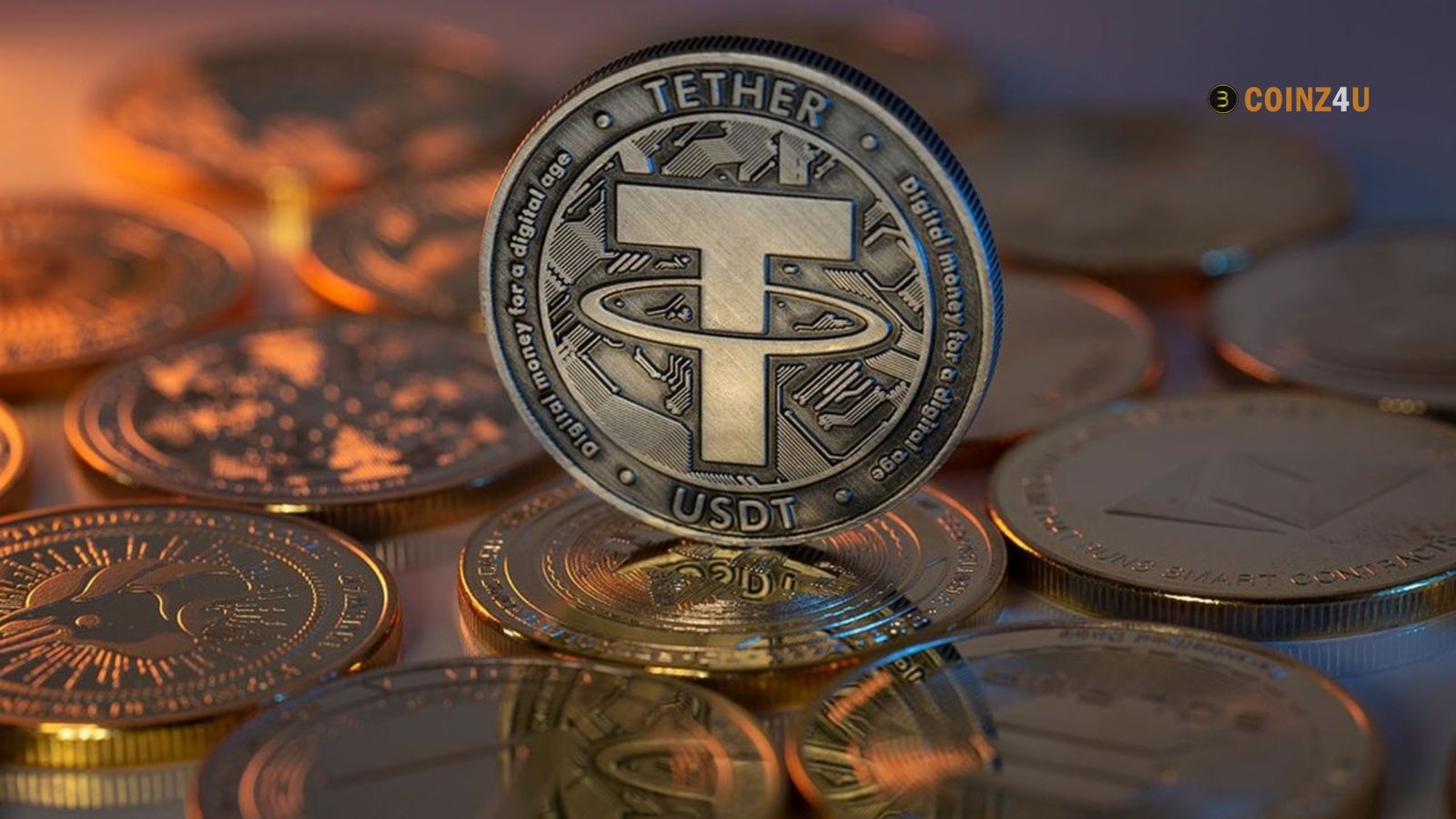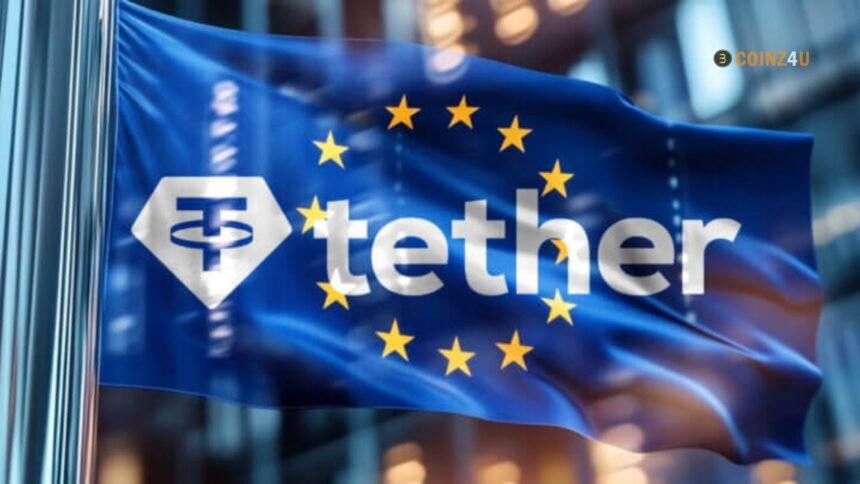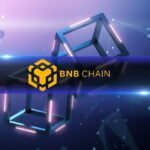The launch of two MiCA-Compliant Stablecoins, EURQ, and USDQ, by Dutch fintech business Quantoz Payments is supported by Tether, Kraken, and Fabric Ventures. These coins comply with the EU’s Markets in Crypto-Assets Regulation (MiCA).
The Dutch Central Bank (DNB) has granted a license for the e-money tokens (EMTs) backed by the euro. The US dollar and its release are scheduled for November 18. These stablecoins aim to offer a regulated and safe alternative for digital payments within the EEA. Fiat reserves entirely support them.
To facilitate cheaper, faster, and more transparent transactions for business and consumer use, Kraken and Bitfinex are scheduled to launch EURQ and USDQ on November 21. This will provide access for eligible clients across Europe.
MiCA Compliance
Tether CEO Paolo Ardoino announced that Quantoz has launched EURQ and USDQ, two new stablecoins that comply with MiCA regulations, on the Hadron platform. By introducing these stablecoins, Quantoz hopes to improve the efficiency of European financial transactions and the overall payment infrastructure.
To fuel expansion in the stablecoin sector, Quantoz’s investment arm is fortifying partnerships with prominent players in the industry. A few weeks ago, Ripple Labs and Societe Generale-Forge announced their agreement to include EURCV in the XRP Ledger. These advancements further demonstrate stablecoins’ ability to revolutionize international monetary systems.
Tether CEO MiCA warning

Tether CEO Paolo Arduino has already expressed concern. Even though he favors it, the regulatory framework may pose “systemic risks” to the banking industry. The Dutch fintech company’s decision to issue the two stablecoins regulated by MiCA.
The fact that MiCA requires stablecoin issuers to keep 60% of their reserves in European banks is causing Arduino to be worried about loans. He said that if banks experience financial instability, this clause could expose them to risks as they can lend up to 90% of their reserves.
Hadron Platform
The tokenization of physical goods can be done safely and legally with Hadron. In addition to risk management and market monitoring capabilities. The platform has thorough compliance tools like Know Your Customer and Anti-Money Laundering controls. These features make it possible to issue and manage digital assets safely.
Norway’s support for MiCA
While considering whether or not to back a central bank digital currency (CBDC), Norges Bank, Norway’s central bank, backed the MiCA regulations put out by the European Union on November 9.
According to an interview with Kjetil Watne, the bank’s project director, who spoke with Cointelegraph, the country welcomes the MiCA framework but is still debating. The need for “additional regulations” to guarantee financial stability.
Though it has “not yet decided” on its approach to CBDC issuance. Norway is contemplating establishing a “CBDC-based cross-border payment system.” This is because Norway is an EU member and closely follows EU laws such as MiCA.
In Summary
The introduction of stablecoins like EURQ and USDQ might help them gain traction in people’s everyday financial dealings. Digital assets developed by Quantoz on the Hadron platform by Tether can potentially improve the speed and transparency of digital transfers across Europe. Many see this development as a watershed moment for a more digital economy and broader access to financial services.
[sp_easyaccordion id=”4021″]









